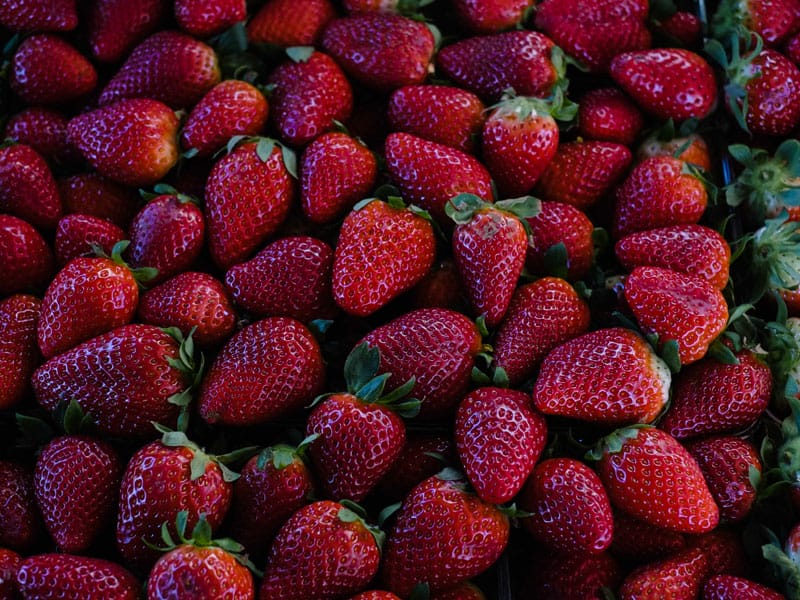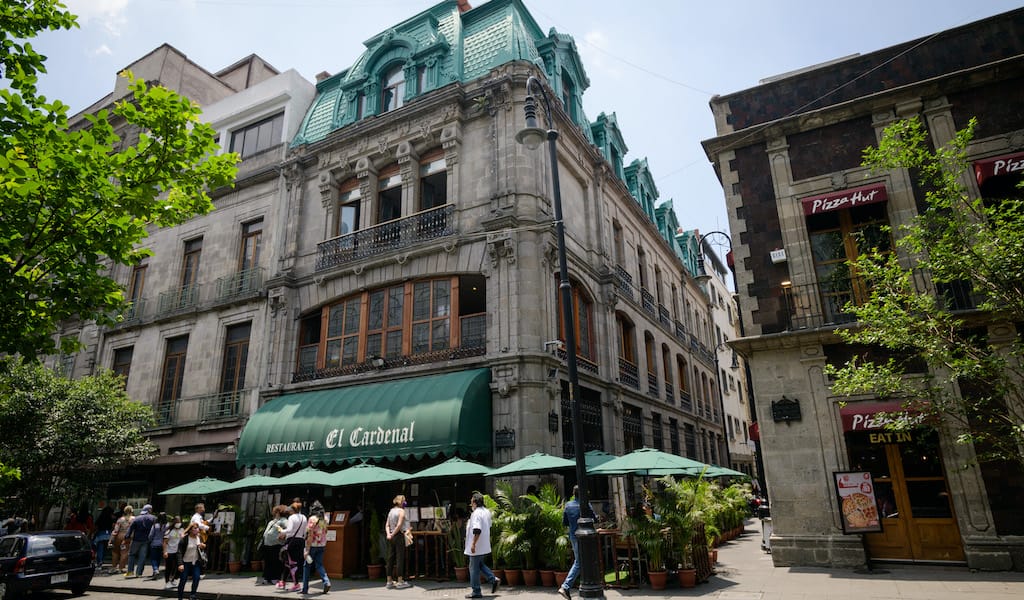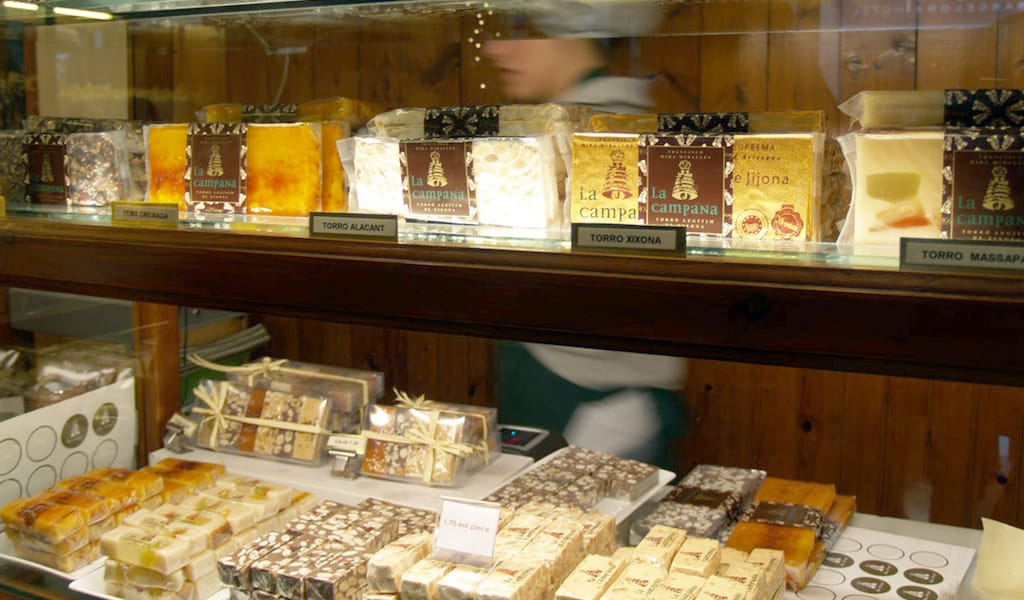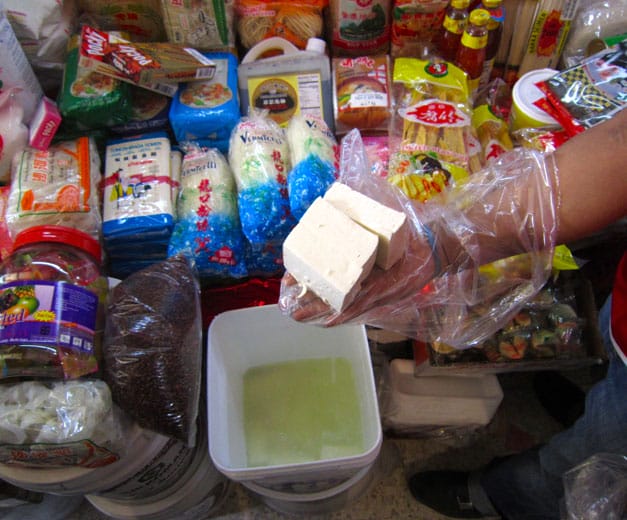Editor’s note: Here at Culinary Backstreets, we eagerly await the coming of spring each year, not just for the nicer weather but also because some of our favorite foods and dishes are at their best – or indeed, are only available – for a short period during this season. This post from Athens is the first installment of “Spring (Food) Break 2013,” a weeklong celebration of our favorite springtime eats. Stay tuned for dispatches from all of the Culinary Backstreets cities.
Athens is probably at its prettiest in springtime, especially in April and May. The weather is warm, but not too warm (in the summer the city can be oppressively hot), and Athens – not normally the greenest of cities – is in beautiful full bloom. From early April onwards, the smell of the blossoming bitter orange trees that line the streets of downtown is almost intoxicating, while in May, the tall jacaranda trees on Athinas Street and in Zappeion Park look almost like they are floating in a purple-blue, orgiastic haze.

The fruit and vegetable street markets – held on a different day of the week in each neighborhood in Athens – are filled with the first wonderful products of spring. Strawberries are sure to make an appearance: slightly bitter, yet highly aromatic, these early fruits of the season are small but feel like a precious gift. Another staple in market stalls from March to May, artichokes, are usually cooked following a traditional recipe from Istanbul, aginares a la polita (“a la polita” means Istanbul-style). There is something wonderfully fresh about this dish, in which artichoke hearts are boiled and served with potatoes, carrots and fresh dill; the taste of the artichokes is soft and sweet, and for Greeks it is almost synonymous with spring. Aginares a la polita can be found in mageireia around Athens, such as Doris and Paradosiako. There are also wild artichoke varieties that are found on Crete; like wild herbs, they are boiled and eaten with lemon and olive oil or lightly roasted.
One of Greece’s favorite springtime dishes is dolmadakia, vine leaves stuffed with rice, minced meat and herbs (the Greek word stems from dolma, the Turkish term for stuffed vegetables). The most common form of the dish, however, is “fake” dolmadakia (dolmadakia yalantzi, from yalancı dolma in Turkish), or vine leaves stuffed with rice and herbs only – the perfect staple for Lent, as the dish contains no meat. Particularly during Lent, dolmadakia are often accompanied by yogurt sauce (some people also like them with avgolemono, an egg and lemon sauce, but this defeats the whole purpose of Lent, a time when eggs are not supposed to be eaten).
The essence of Greek dolmadakia is in the herbs, and if done right, the dish is highly aromatic, thanks to the dill, mint and onion that are all mixed in with the boiled rice. The preparation of dolmadakia varies according to region. At the Cretan restaurant Kriti, for example, they are served with xigalo, a white, creamy, salty and slightly sour cheese from the island that is made with sheep’s milk. The cheese’s sourness and aroma complement the zingy taste of the dolmadakia, making for one of the most interesting variations on the dish that we’ve tried.

Dolmadakia are big business in Greece, as not every home cook has the time or energy to hand-roll batches of these small, green, oblong pouches. Palirria and Zanae are two major brands that sell dolmadakia ready-made in cans (or even in special microwavable packaging); both versions are palatable but have a slightly industrial taste. In the past few years, however, there has been a return to the idea of organic, handmade dolmadakia, which are now seen as a gourmet food. A number of good, family-run brands sell these dolmadakia in jars – for a higher price than the canned variety, but with a far better flavor. One gourmet-style brand worth seeking out is Ta Dolmadakia tis Mariannas, produced by a family-owned business in Halkidiki in Northern Greece, where they procure their grape leaves from their own vineyards. Think of the culinary movement behind these tasty morsels, which liberated them from the confines of the flavor-sapping can, as the “dolmadakia spring.”
 May 19, 2022 El Cardenal
May 19, 2022 El Cardenal
Sunlight filters through turn-of-the-century stained glass windows as the Cardenal […] Posted in Mexico City December 13, 2021 Turrón
December 13, 2021 Turrón
Typically eaten at Christmastime in Spain, turrón (a type of nougat) originated […] Posted in Barcelona March 19, 2014 Comida Exotica
March 19, 2014 Comida Exotica
The oft-heard quote from Pablo Neruda, “Mexico is in its markets,” is rarely truer than […] Posted in Mexico City
Published on March 25, 2013
Related stories
May 19, 2022
Mexico CitySunlight filters through turn-of-the-century stained glass windows as the Cardenal waiters descend in button-down white dress shirts and black vests. They offer a coffee, a concha, a hot chocolate – and in a flurry of dining activity you suddenly feel like the only person in the room. One of Mexico City‘s most well-loved eating establishments,…
December 13, 2021
BarcelonaTypically eaten at Christmastime in Spain, turrón (a type of nougat) originated centuries ago. Some historians believe it was a sweet paste with nuts eaten by athletes in ancient Rome, while others trace its origins to a more elaborate medieval Arab delicacy that combined various toasted nuts with spices and honey. First documented in Spanish by an…
March 19, 2014
Mexico City | By James Young and Alfredo Balanescu
Mexico CityThe oft-heard quote from Pablo Neruda, “Mexico is in its markets,” is rarely truer than at the Mercado San Juan de Pugibet. Not only is Pugibet likely the only market on the face of the planet where you can pick up bok choy, ostrich meat, black-eyed peas and chicatana salsa (made from Oaxacan flying ants!) on…


















































































